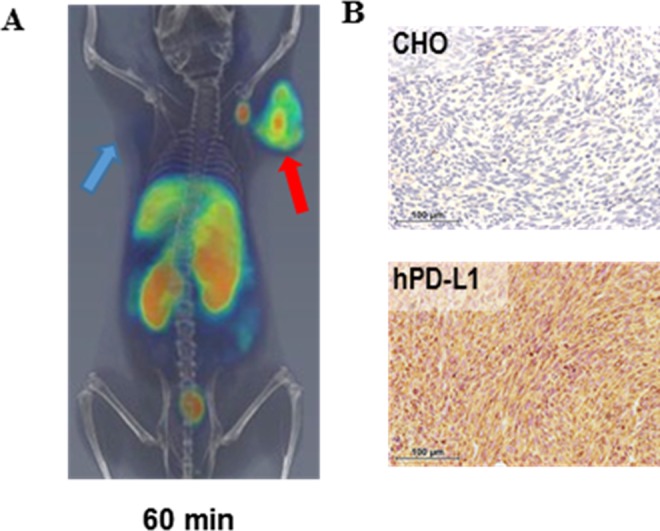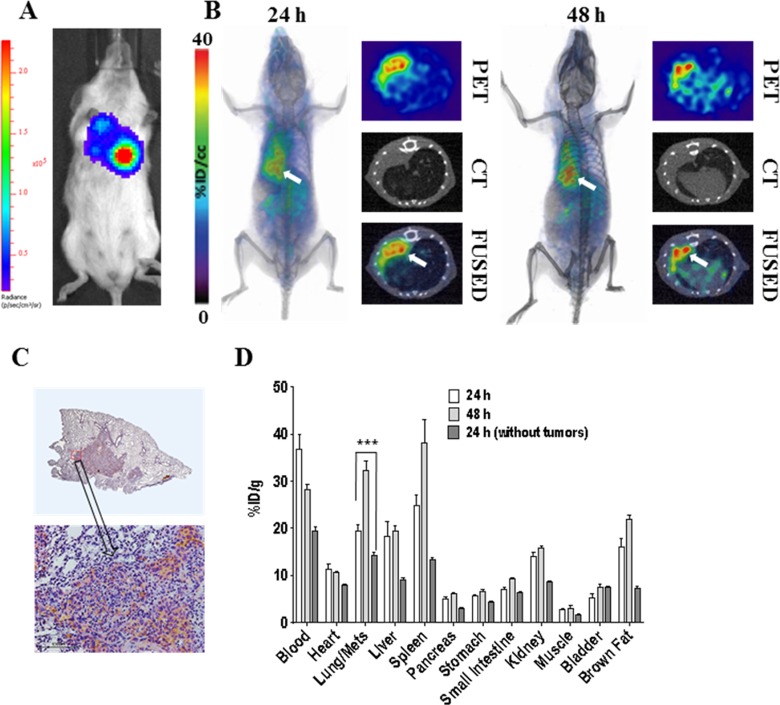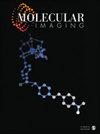免疫检查点配体PD-L1在肿瘤和转移瘤中的无创成像指导免疫治疗。
IF 2.4
4区 医学
Q3 BIOCHEMICAL RESEARCH METHODS
引用次数: 42
摘要
免疫疗法在癌症治疗中大有希望。推进免疫疗法的挑战在于患者分层和监测治疗。无创检测免疫检查点配体PD-L1可作为指导和监测免疫治疗的重要生物标志物。在本文中,我们概述了我们开发临床可翻译的PD-L1特异性显像剂的努力,用于定量和实时评估肿瘤微环境中PD-L1的表达。本文章由计算机程序翻译,如有差异,请以英文原文为准。



Noninvasive Imaging of Immune Checkpoint Ligand PD-L1 in Tumors and Metastases for Guiding Immunotherapy.
Immunotherapy holds great promise in cancer treatment. The challenges in advancing immunotherapies lie in patient stratification and monitoring therapy. Noninvasive detection of immune checkpoint ligand PD-L1 can serve as an important biomarker for guidance and monitoring of immunotherapy. Here in, we provide an overview of our efforts to develop clinically translatable PD-L1-specific imaging agents for quantitative and real-time assessment of PD-L1 expression in tumor microenvironment.
求助全文
通过发布文献求助,成功后即可免费获取论文全文。
去求助
来源期刊

Molecular Imaging
Biochemistry, Genetics and Molecular Biology-Biotechnology
自引率
3.60%
发文量
21
期刊介绍:
Molecular Imaging is a peer-reviewed, open access journal highlighting the breadth of molecular imaging research from basic science to preclinical studies to human applications. This serves both the scientific and clinical communities by disseminating novel results and concepts relevant to the biological study of normal and disease processes in both basic and translational studies ranging from mice to humans.
 求助内容:
求助内容: 应助结果提醒方式:
应助结果提醒方式:


